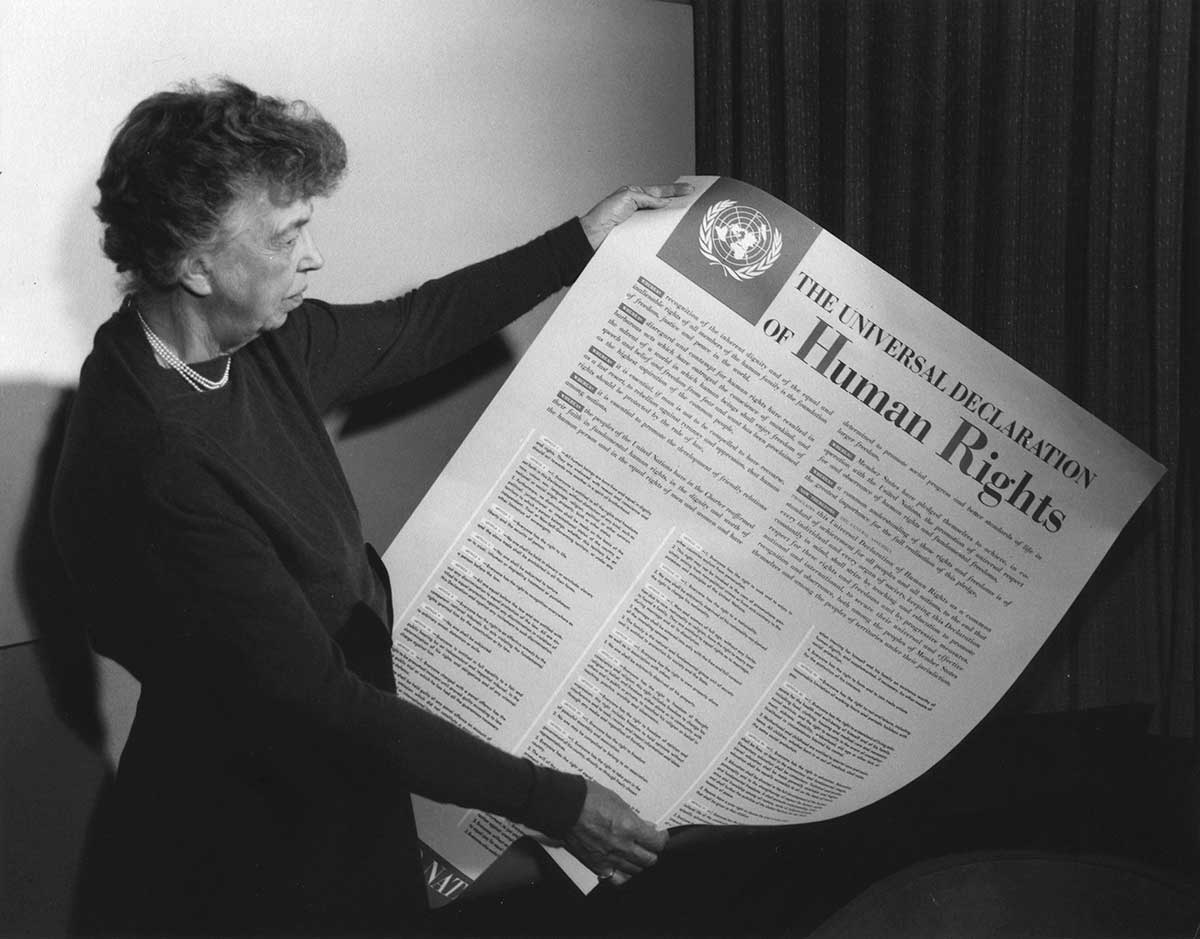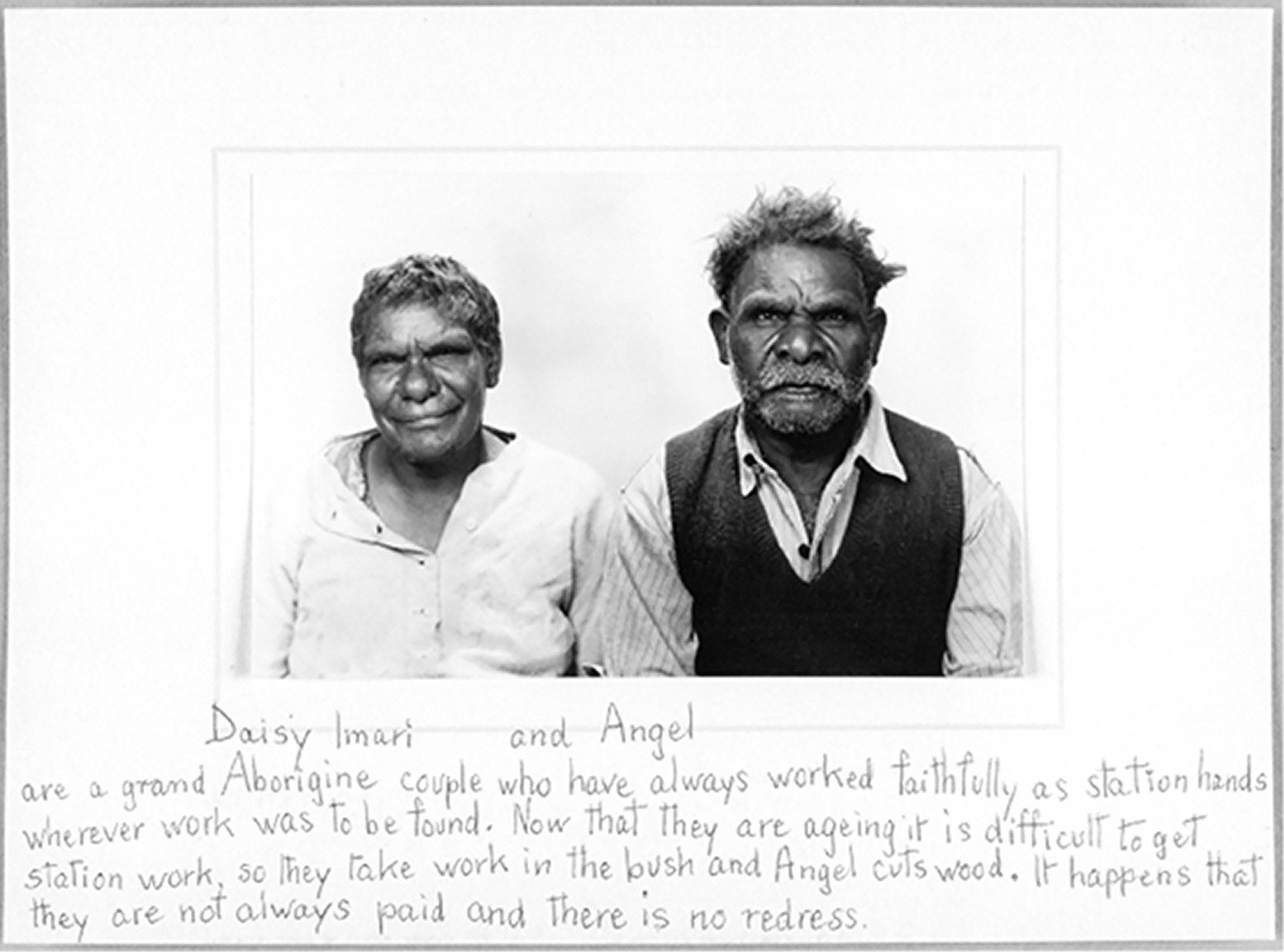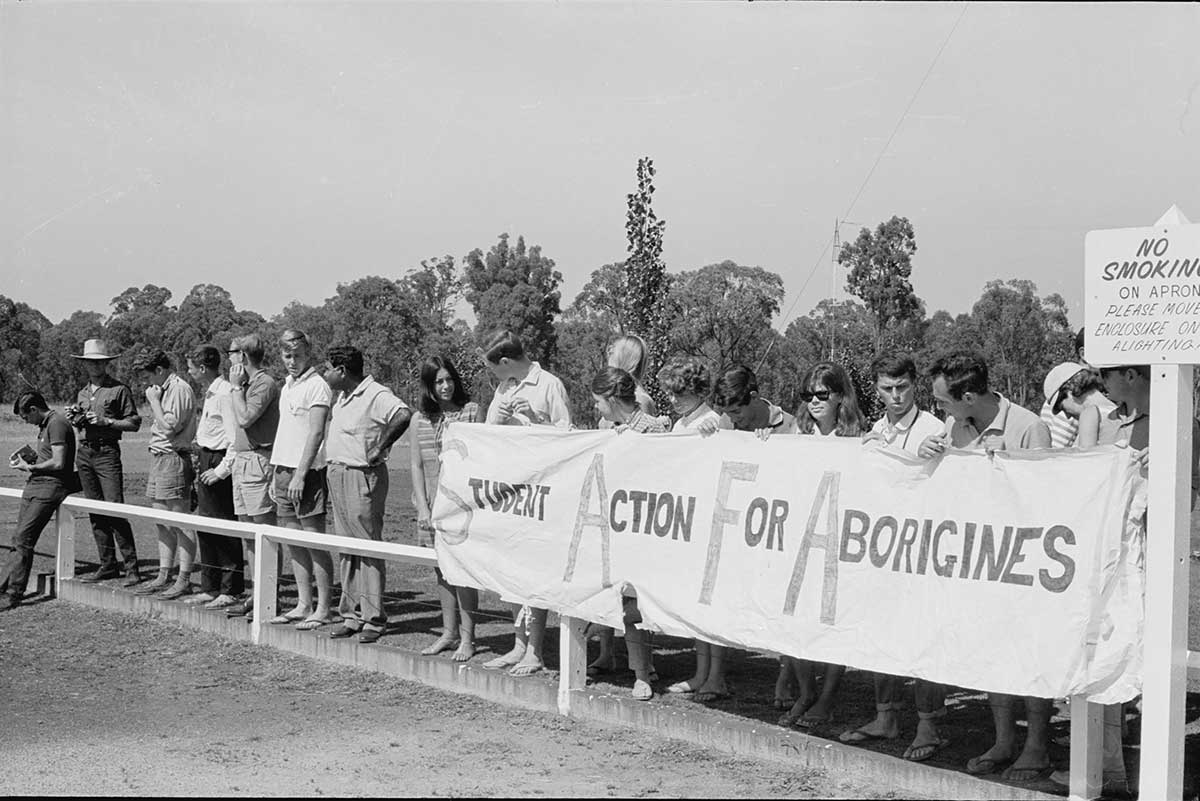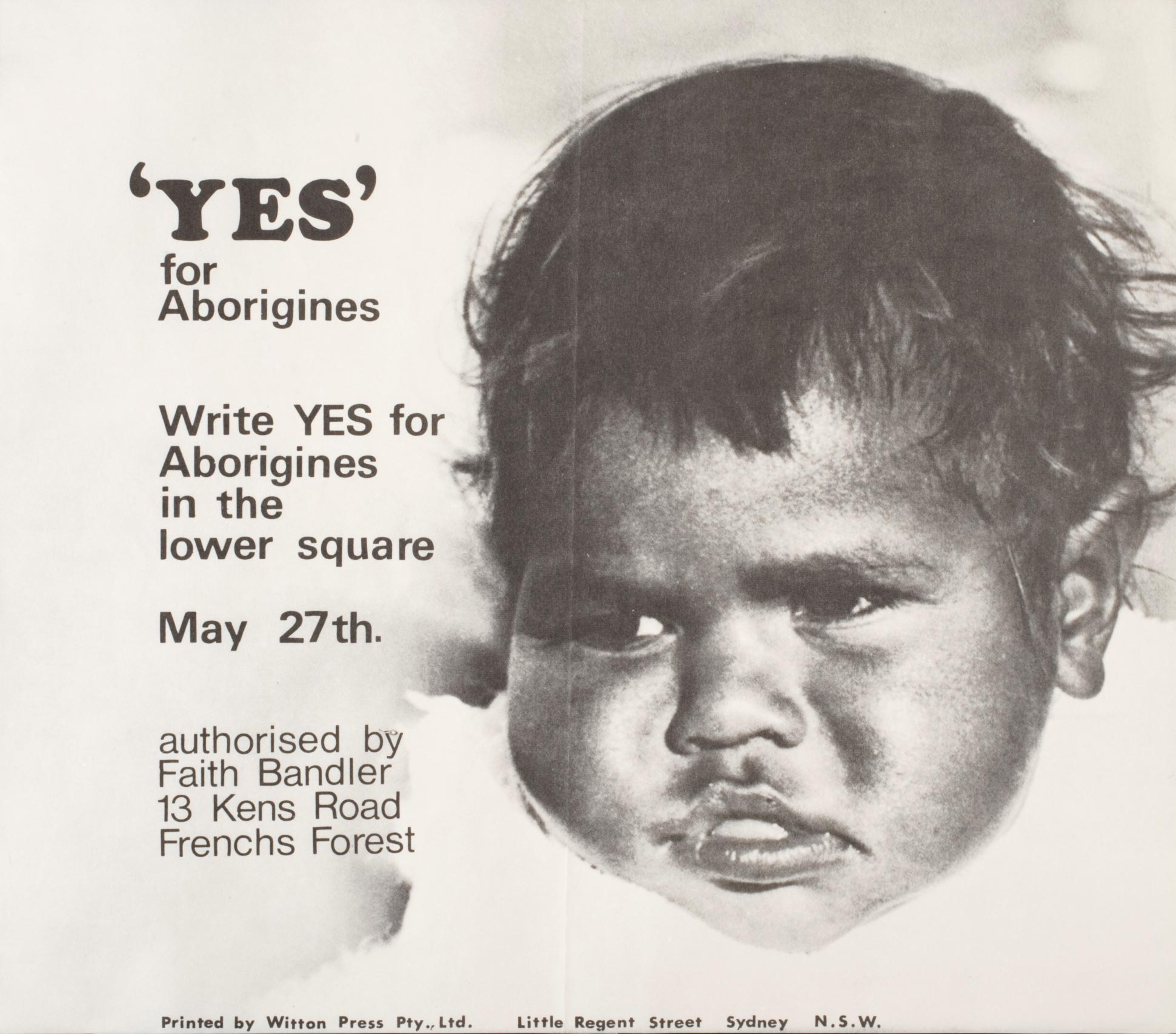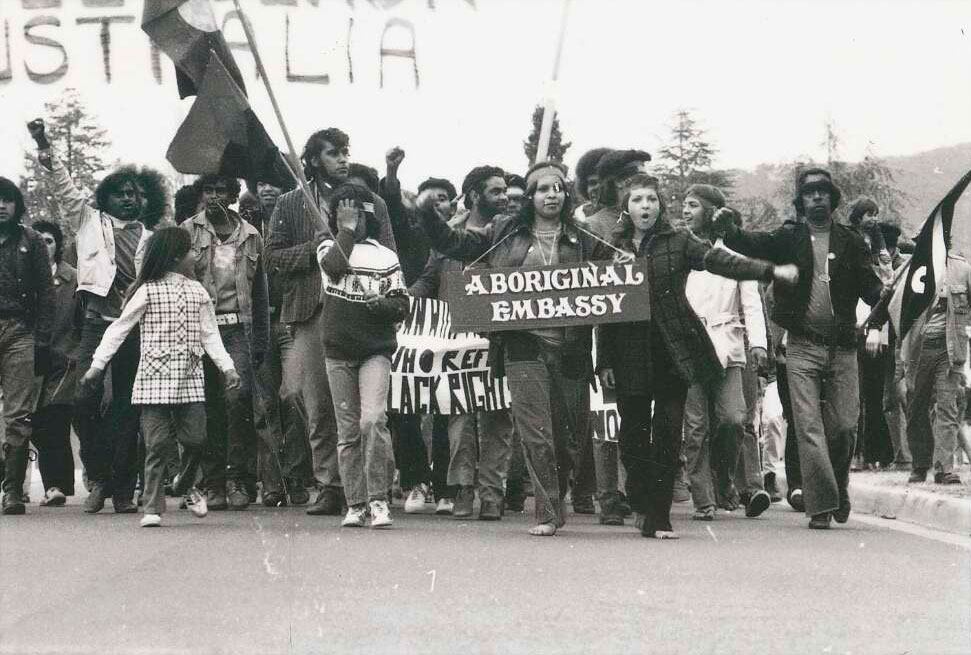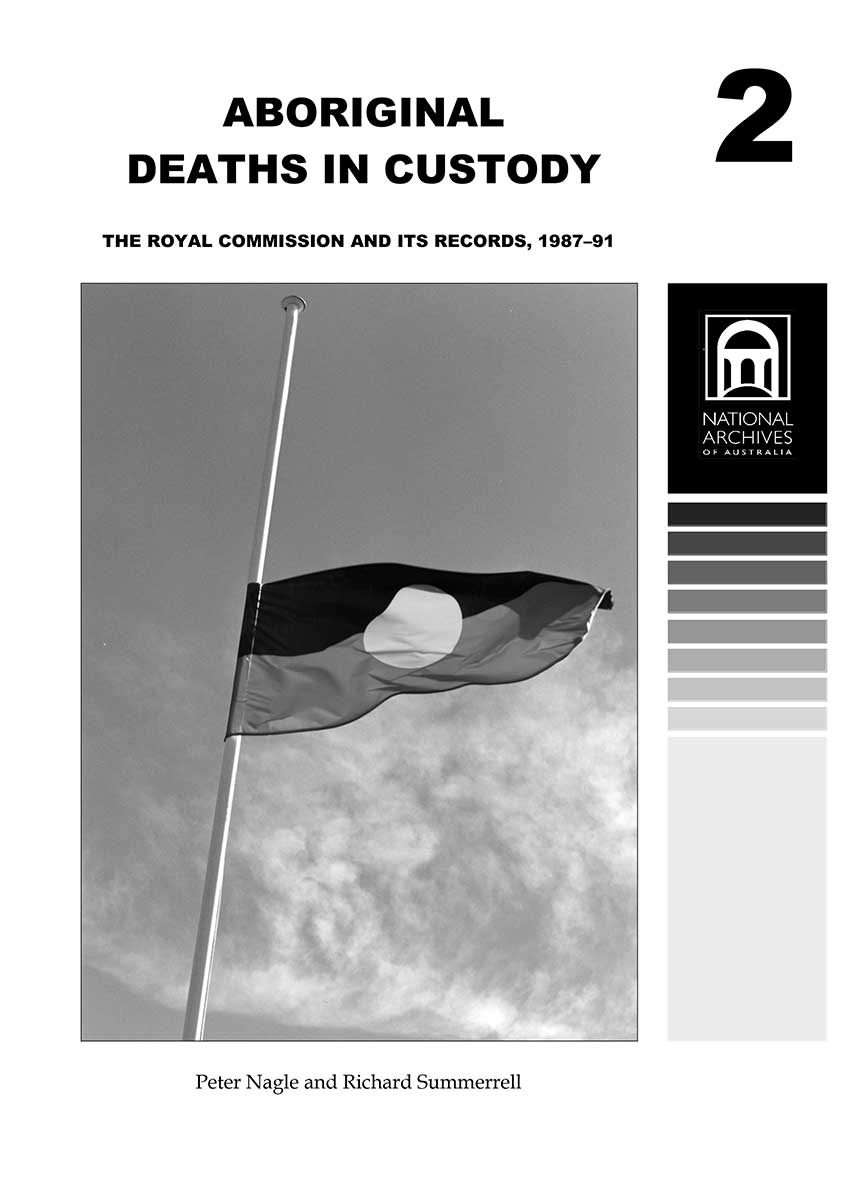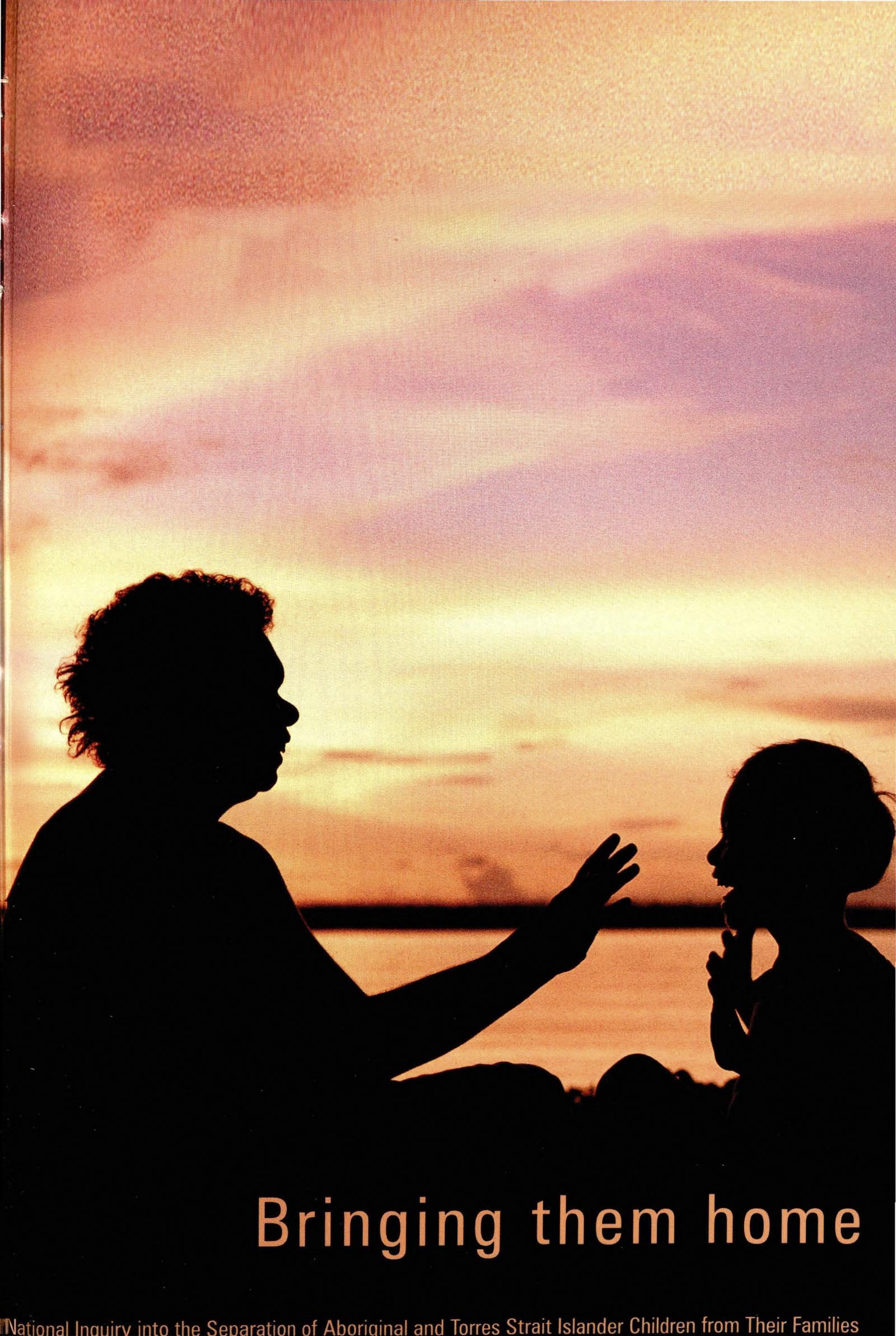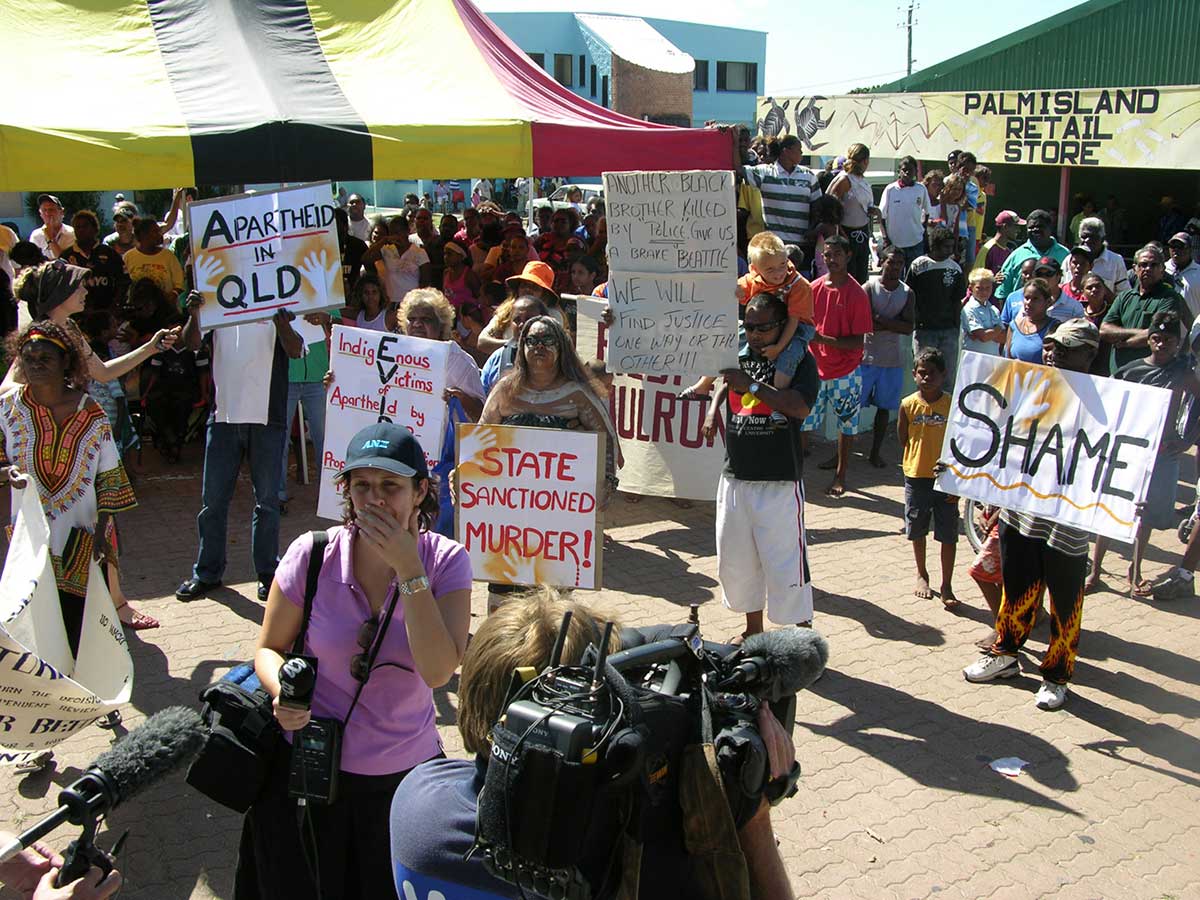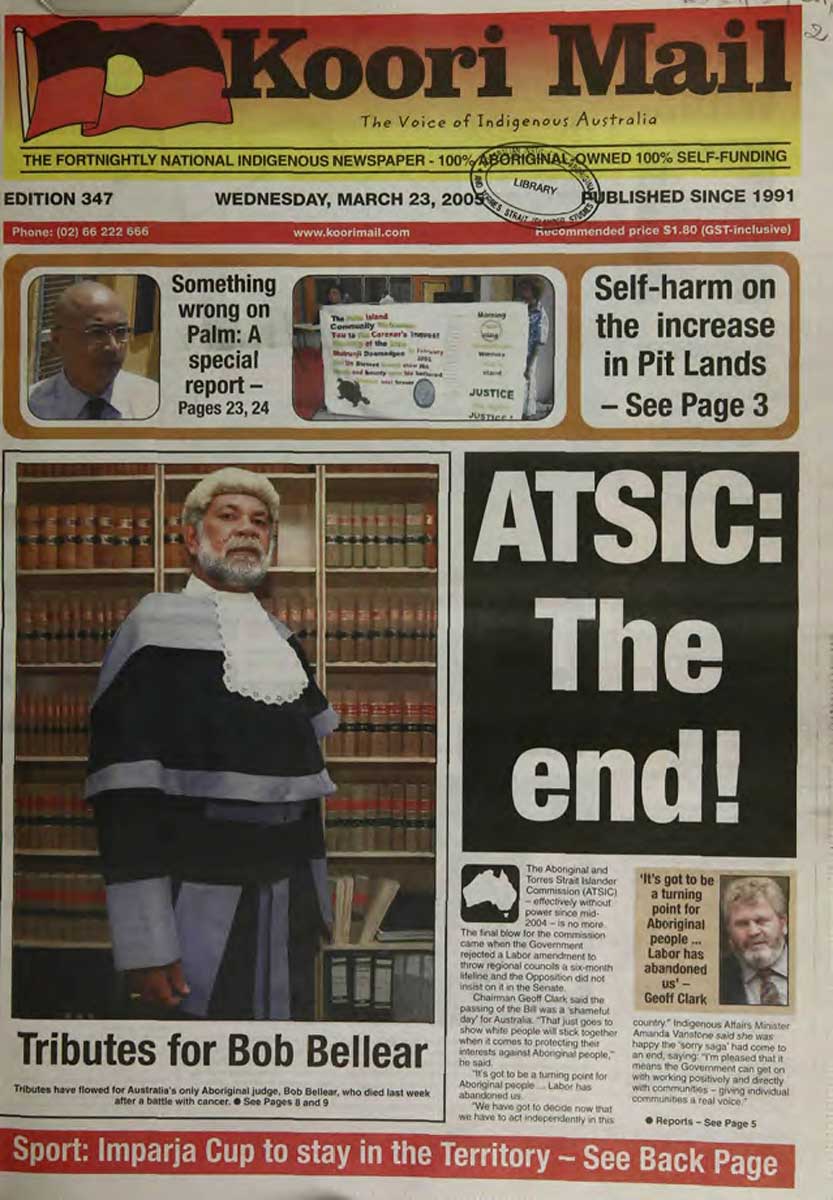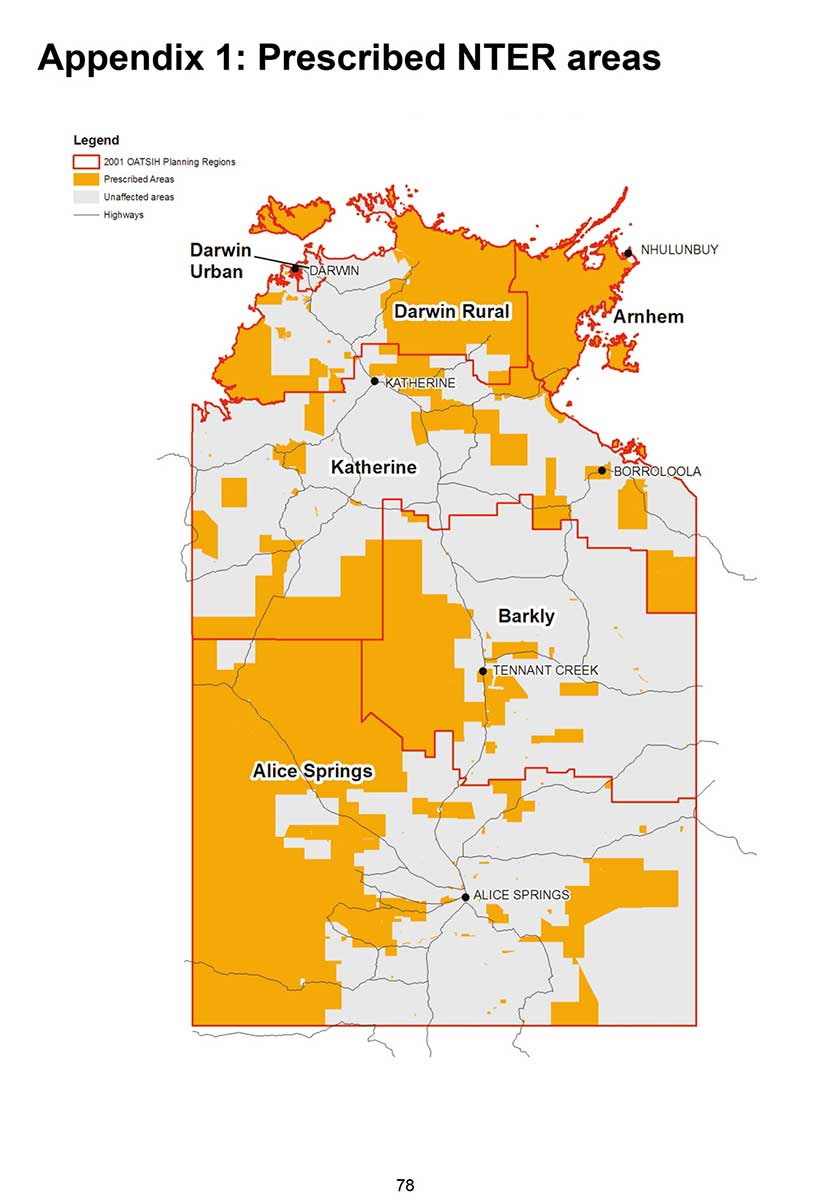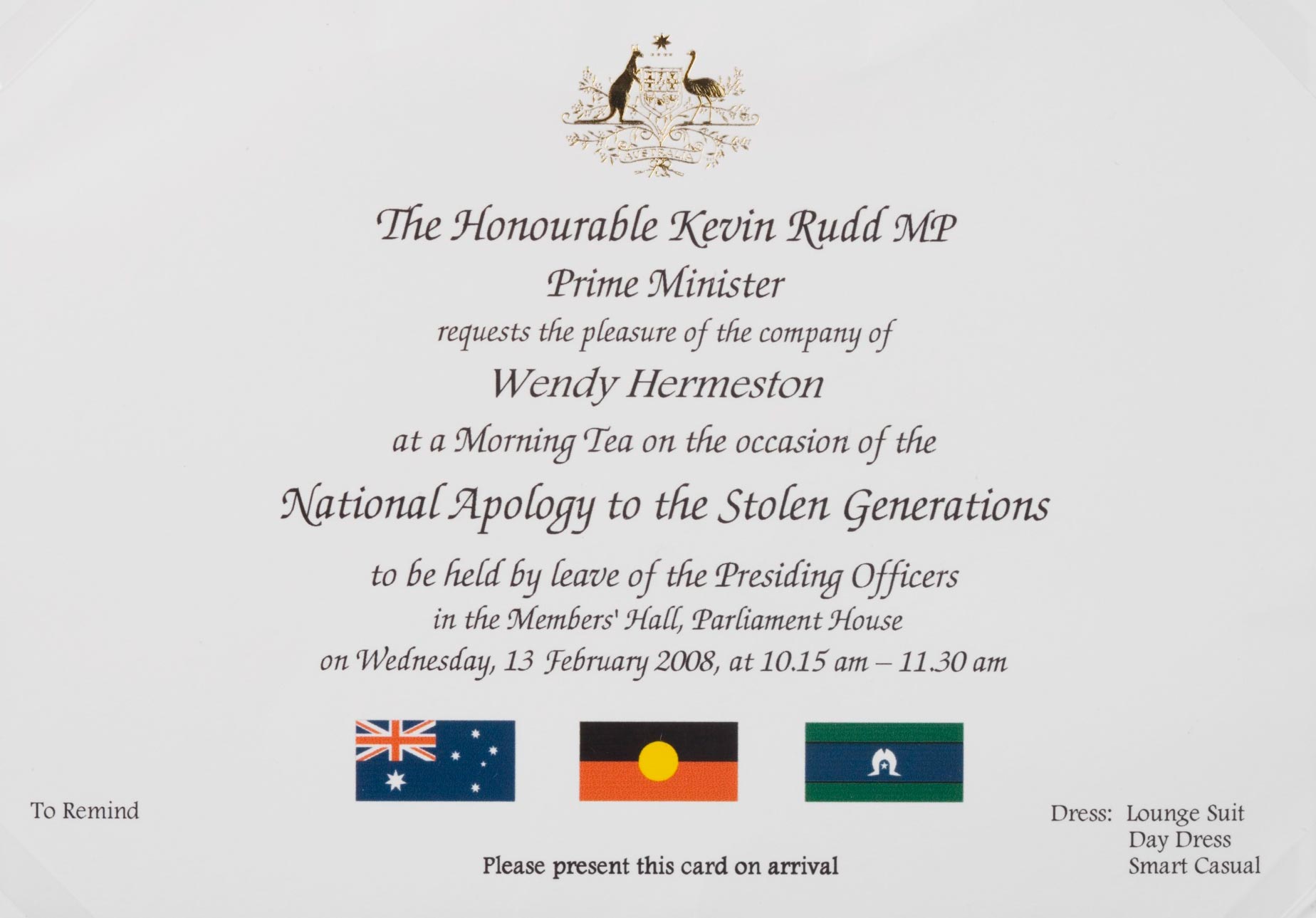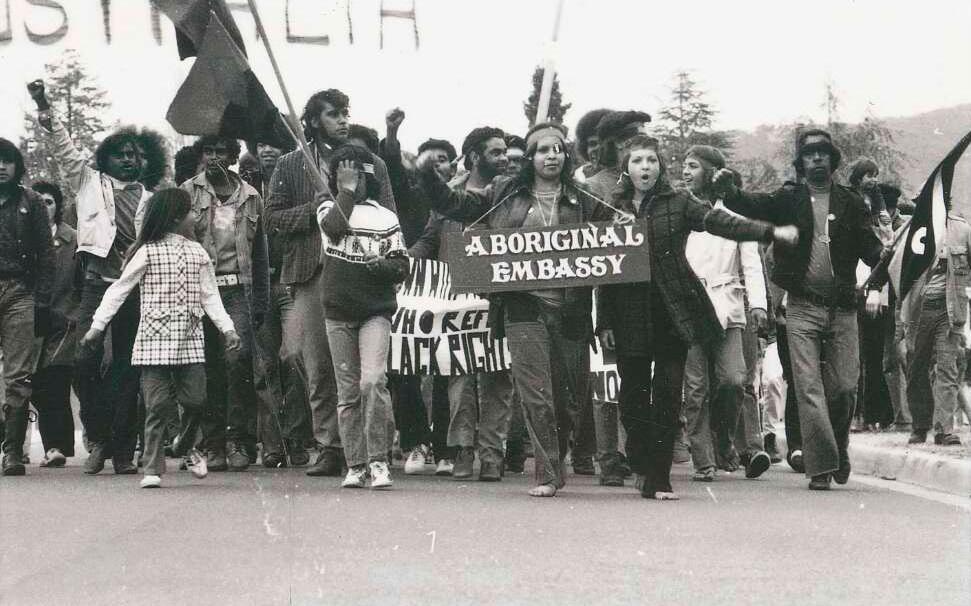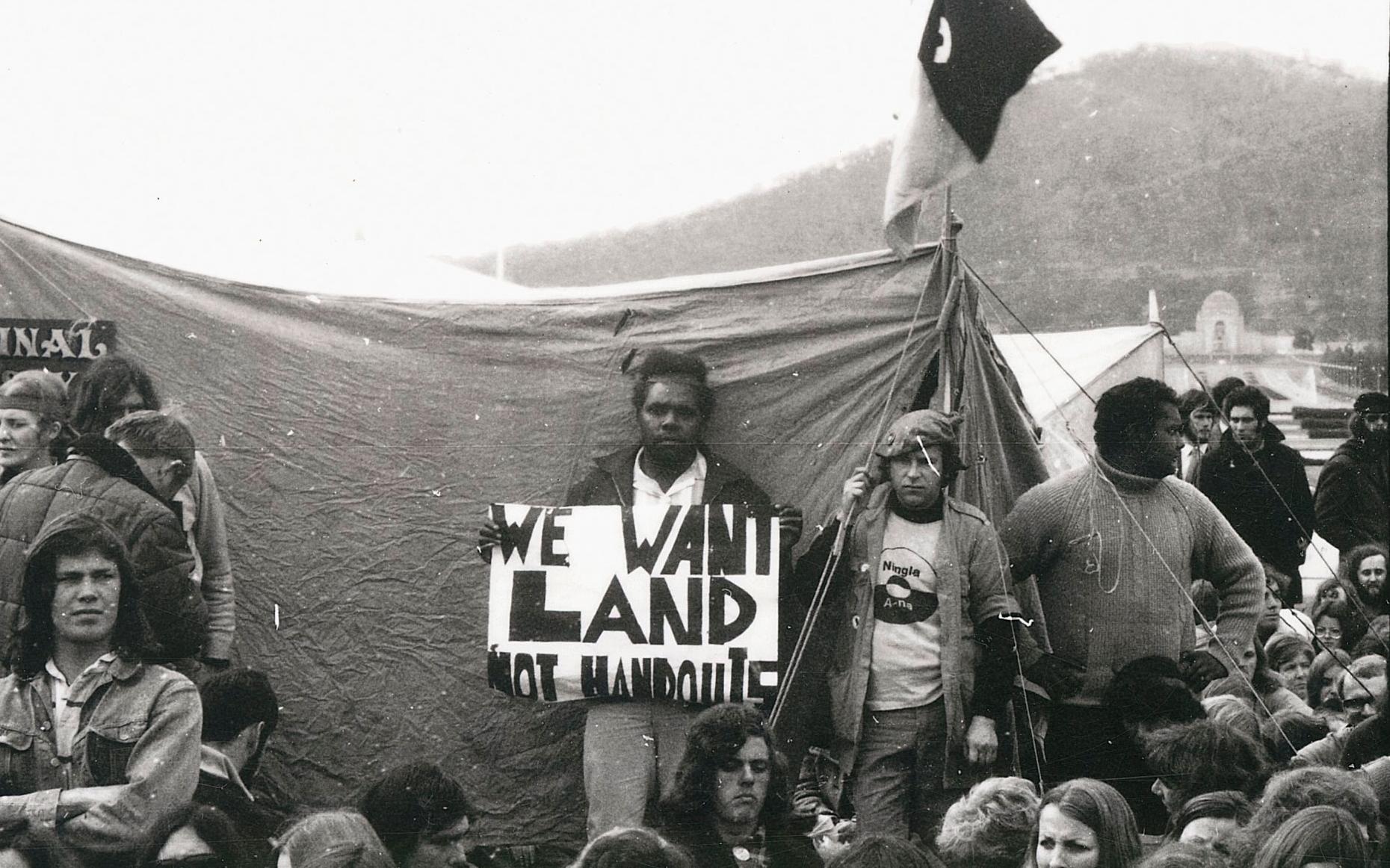Learning module:
Rights and freedoms Defining Moments, 1945–present
Investigation 1: Exploring Aboriginal and Torres Strait Islander rights through key Defining Moments
1.13 1975 Racial Discrimination Act
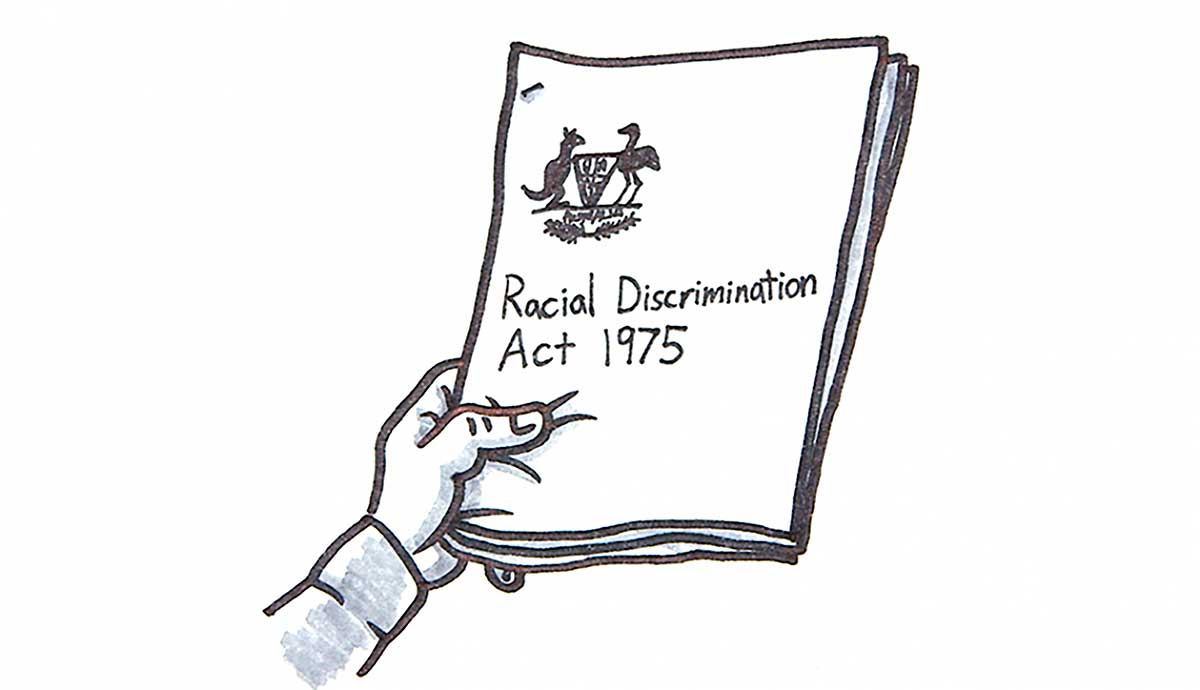
It is 1975.
The reformist Labor Government is keen to be part of an international movement to acknowledge the rights of Aboriginal and Torres Strait Islander people, and to oppose racism.
But opposing racism might also lead to the restriction of people’s freedom of speech.
Can the two demands, for freedom of speech and for the restriction of offensive and hateful speech, both be achieved?
Read the information below, from Reconciliation Australia, on the Racial Discrimination Act 1975 and answer the questions that follow.
In 1975 the Australian Parliament passed the Racial Discrimination Act. It was able to pass the Act under the ‘external affairs’ power given to the Australian Parliament in the Australian Constitution. Parliament had implemented the 1965 International Convention on the Elimination of All Forms of Racial Discrimination, and under its international obligations could therefore pass an Australian law to implement those obligations.
The Act outlawed racial discrimination — that is, treating someone less fairly because of their race, colour, descent or national or ethnic origin.
The Act applied to:
Employment; land, housing or accommodation; the provision of goods or services such as banking, health, entertainment and hospitality; access to places and facilities for use by the public; advertising, and joining a trade union.
The intent of the Act was to eliminate all racial discrimination and vilification.
It included a section that made it unlawful for a person to do an act in public (including writing and publishing words and images), if that act is reasonably likely to ‘offend, insult, humiliate or intimidate’ a person of a certain race, colour or national or ethnic origin. There were exemptions provided where the act related to artistic works, genuine academic or scientific purposes, fair reporting, and fair comment on matters of public interest.
This section has recently become controversial. Some prosecutions undertaken by the Australian Human Rights Commission have raised issues about the balance between the boundaries of free speech, and the difficulty created by the broadness and uncertainty of meaning of the words ‘offend’ and ‘insult’.
Reconciliation Australia, Get the Facts: The Racial Discrimination Act, https://www.reconciliation.org.au/wp-content/uploads/2017/11/The-Racial…, viewed 14 October 2020
1. What was the Racial Discrimination Act?
2. How would it protect or enhance the citizenship rights of Aboriginal and Torres Strait Islander Australians?
3. How could a law to protect rights for one group possibly restrict those for others?
4. What was the significance of the Racial Discrimination Act for Aboriginal and Torres Strait Islander people’s rights?
5. How would this event have influenced the development of Aboriginal and Torres Strait Islander people’s rights over time?







